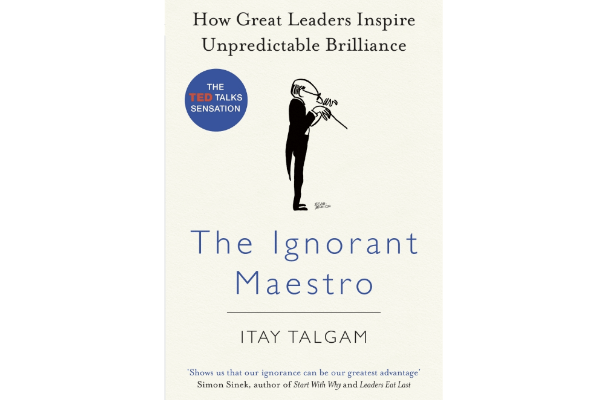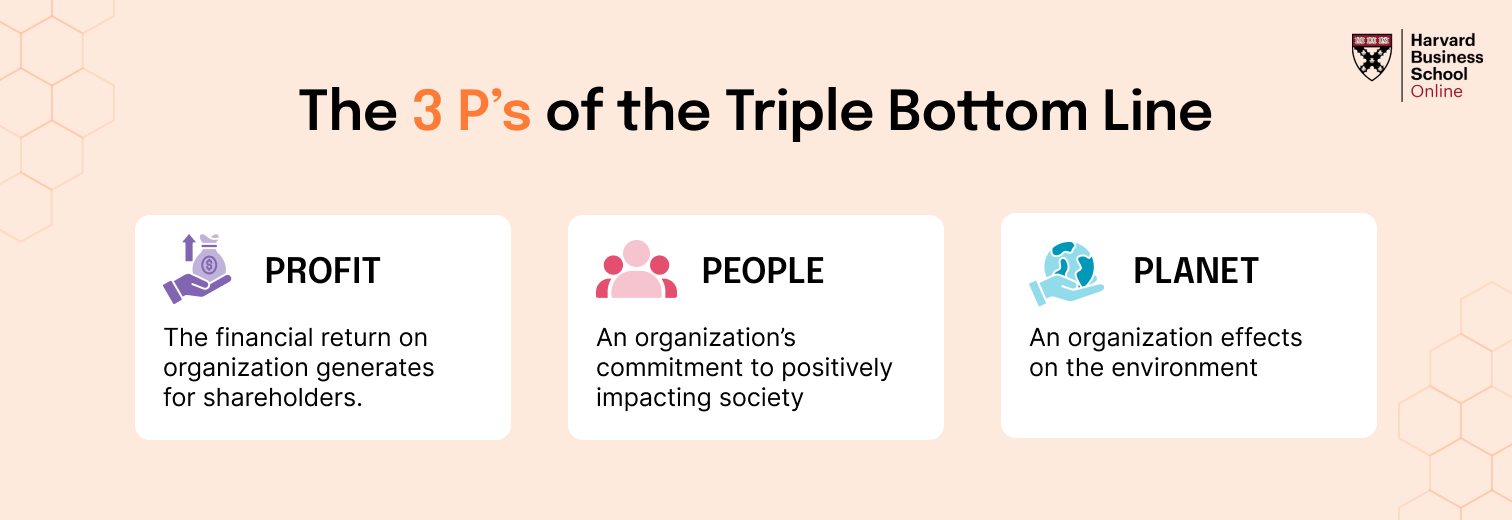“Leadership is an action, not a position.” – Donald McGannon
In today’s ever-evolving workplace – shaped by hybrid work models, rapid digital transformation, and a volatile global economy, the role of a leader has expanded beyond traditional boundaries. High-performance teams are no longer defined just by output or KPIs; they are defined by their ability to collaborate, adapt, and innovate under pressure.
We’ve noticed that teams that consistently outperform others do so not only because of individual brilliance but because of effective, inclusive, and emotionally intelligent leadership. The leader in such a setup is not a commander, but rather a facilitator of growth, alignment, and trust.
In this post, we revisit and expand on four key leadership insights that continue to be relevant – especially when managing high-performance teams. These insights are drawn from years of leadership training, team facilitation, and hands-on experience in L&D interventions across the corporate landscape. Each insight comes with a takeaway for L&D and HR professionals looking to build sustainable high-performance cultures.
Related Reading: 4 Leadership Insights For A High Performance Team
1. Know Thy Team: Deeply and Continuously
Table of Contents
While this may sound like a timeless principle, it holds even more weight in today’s diverse, distributed, and dynamic teams. High-performing individuals are driven by purpose, autonomy, and mastery. They often bring unique strengths and equally unique stressors to the table.
In our training work, we’ve often observed that leaders who take the time to understand their team members beyond job descriptions create more trust, engagement, and ownership. This means knowing:
- Each team member’s strengths, values, and working style
- Their current challenges (both personal and professional)
- What motivates and demotivates them
- How they prefer to receive feedback and recognition
Psychometric tools like MBTI, DISC, or Emergenetics can be helpful, but they are not the end goal. They’re conversation starters. The real transformation happens when leaders build ongoing relationships rooted in empathy, curiosity, and intention.
L&D Takeaway: Design leadership development modules that help managers build emotional intelligence, active listening skills, and the habit of regular 1:1 conversations. Encourage reflection and journaling to track growth in understanding team dynamics.
Related Reading: A Beginners Guide To Leadership Development : 10 Things You Need To Know
2. Cultivate Radical Openness and Trust
In high-performing environments, psychological safety is not optional – it is foundational. When team members feel safe to speak up, admit mistakes, or suggest new ideas, performance thrives. We have seen countless examples in our sessions where a single shift in the leader’s openness unlocks tremendous innovation and engagement within the team.
Trust is not built through grand gestures. It is built through everyday micro-behaviours:
- Being available when someone needs to talk
- Encouraging diverse viewpoints (and not shutting them down)
- Admitting when you don’t know something
- Asking for and acting on feedback
One powerful strategy we often recommend is to integrate regular feedforward sessions – forward-looking conversations focused on improvement rather than blame. These sessions, when done regularly, reframe feedback as a tool for development rather than criticism.
L&D Takeaway: Equip leaders with coaching skills and create spaces where managers can practice giving and receiving feedback in psychologically safe environments. Use roleplays and simulations to build confidence in addressing difficult conversations.
Related Reading: Navigating High-Stakes Conversations with “Crucial Conversations
3. Acknowledge and Celebrate, Authentically and Often
Recognition is a basic human need – especially for high performers who pour their energy and passion into work. In our experience, leaders often underestimate the impact of authentic, specific praise. We’ve seen how even a brief but heartfelt acknowledgment during a team meeting can uplift morale, strengthen team bonds, and inspire higher effort.
Celebrating milestones doesn’t always require grand events or monetary rewards. Often, the most effective recognitions are:
- Public shout-outs in meetings
- Personalized thank-you notes
- Sharing success stories across the organization
- Celebrating progress, not just outcomes
One leader we worked with in a tech startup made it a point to start every weekly check-in with a round of peer recognition. Within a month, the mood, motivation, and momentum of the team had noticeably improved.
L&D Takeaway: Train leaders to build a recognition culture through small, consistent actions. Encourage team rituals that promote appreciation, especially in remote or hybrid setups.
4. Build Shared Accountability with Clarity and Compassion
Accountability in high-performance teams is not about micromanaging – it’s about aligning purpose, setting clear expectations, and following through with integrity. We’ve observed that the most effective teams treat accountability as a collective value, not an individual burden.
This kind of accountability is rooted in clarity:
- Does every team member know the why behind their goals?
- Do they understand how their work contributes to the larger vision?
- Are timelines, dependencies, and ownership clearly defined?
- Are blockers and challenges discussed openly?
One of our favorite tools is the RACI matrix (Responsible, Accountable, Consulted, Informed). Used well, it can eliminate ambiguity and prevent overlap or confusion.
But accountability must also be compassionate. During a recent leadership offsite we facilitated, a leader said, “I’ve realized my team needs to know I’m in it with them, not just checking their progress.” That insight sparked a team-wide shift toward more mutual support and transparency.
L&D Takeaway: Help leaders develop clarity-creating habits – such as setting shared goals, writing visible action plans, and doing structured check-ins. Blend accountability training with empathy-building exercises to promote a human-centric approach.
Related Reading: 4 Steps To Accountability
Bonus Insight: Lead From the Middle, Not the Top
In the context of high-performance teams, leadership is less about control and more about connection. The best leaders don’t stay on the sidelines or up on a pedestal. They step into the arena – asking, listening, facilitating, and sometimes even learning from their own team members.
We’ve worked with several senior leaders who redefined their leadership not by asserting authority, but by inviting co-creation. In our sessions, these leaders asked powerful questions like:
- “What do you think is the best way forward?”
- “How can I support you better?”
- “What are we not seeing that we should be paying attention to?”
This shift from directive to collaborative leadership builds trust and unlocks the latent intelligence in the room.
L&D Takeaway: Promote facilitative leadership models in your programs. Encourage leaders to co-create team norms, solutions, and even strategies.
Related Reading: 4 Tips For Leading With A Smartphone
The L&D Perspective: Leadership Is a Practiced Skill, Not a Personality Trait
At FocusU, we’ve seen that leadership is less about having all the answers and more about having the curiosity to ask better questions. It’s about creating an environment where people can do their best work – consistently, sustainably, and joyfully.
To build high-performance teams, we must first reframe leadership as a shared, learnable, and evolving skill. That’s where Learning and Development comes in:
- Embedding leadership behaviours in daily interactions
- Providing leaders with tools, frameworks, and reflective space
- Creating peer learning cohorts where challenges can be shared
- Investing in long-term leadership pipelines, not just ad-hoc workshops
Related Reading: 5 Leaders 5 Messages 5 Minutes
Final Thoughts From Our Team
Managing high-performance teams in today’s world requires more than just technical competence – it demands self-awareness, empathy, and the ability to navigate ambiguity with calm clarity. As L&D professionals, HR leaders, and corporate change agents, we have a critical role to play in shaping this new leadership narrative.
We hope these leadership insights – shaped through our experience with hundreds of leaders across different industries – offer inspiration and practical ideas you can apply in your own context. The true test of leadership lies in its ability to evolve and empower. Let’s keep learning, reflecting, and leading together.
We’d love to hear how you’re building leadership capability in your teams. Drop us a comment or connect with us to keep the conversation going.
Related Reading: 4 Characteristics Of A Transformational Leader














